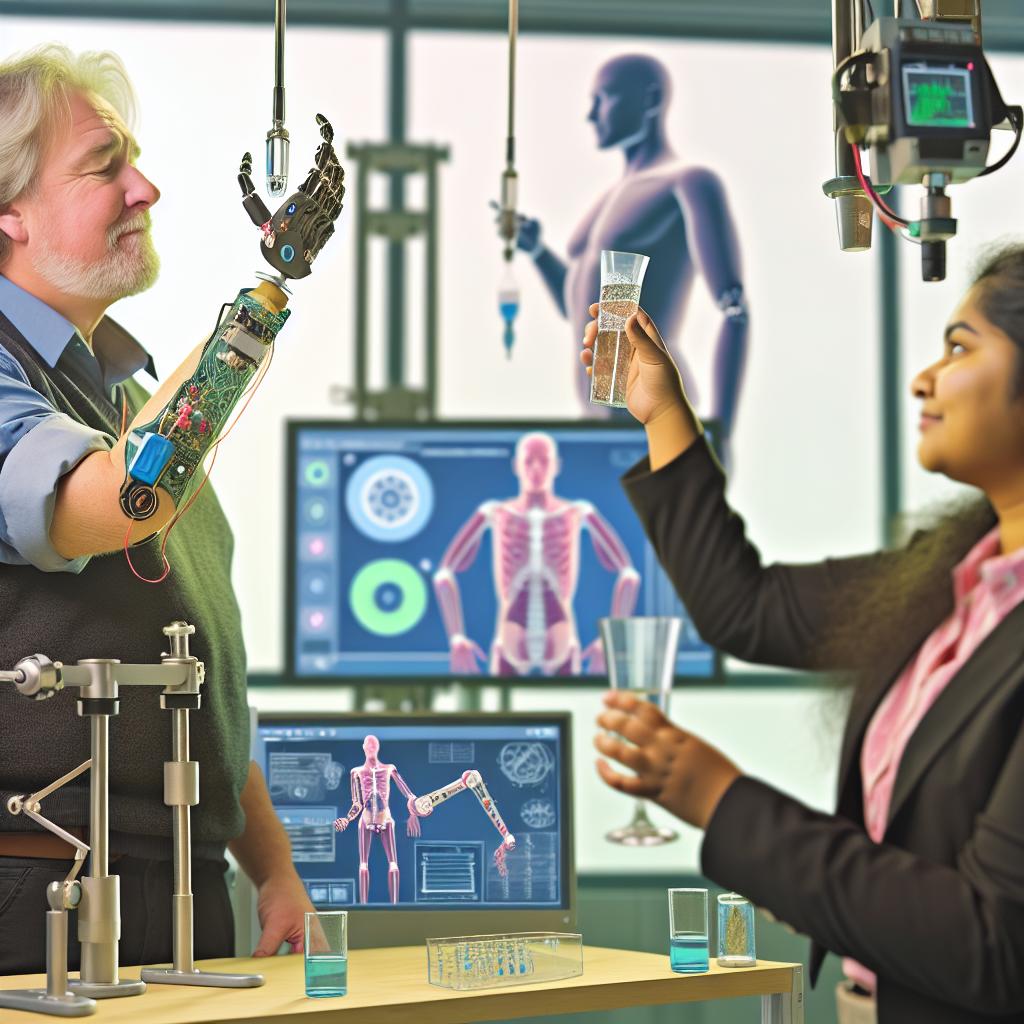The Impact of Prosthetics in Assistive Technology
Prosthetics have significantly advanced in recent years, playing a crucial role in modern assistive technology. As technology continues to evolve, prosthetics have become more advanced, offering enhanced functionality and improved quality of life for users. This article examines the impact of prosthetics as part of modern assistive technology and the advancements being made in this field.
Prosthetics: A Brief Overview
The development of prosthetics dates back centuries, but contemporary innovations have transformed these devices into highly sophisticated tools. Today, prosthetics can be customized to suit the individual needs of users, providing not only essential support but also additional features that enable greater mobility and autonomy. The evolution from rudimentary designs to current cutting-edge solutions illustrates how technology can amplify human capabilities.
Types of Prosthetic Devices
Prosthetic devices can be broadly categorized based on their application, such as limb prosthetics and sensory prosthetics. Limb prosthetics are engineered specifically for individuals who have lost limbs, facilitating movement and function. Modern limb prosthetics often replicate the natural movement of human limbs, offering users a more authentic experience. Sensory prosthetics, on the other hand, assist individuals with sensory impairments. Examples include hearing aids that amplify sound for those with hearing loss and visual prosthetics like bionic eyes that provide visual input for individuals with impaired sight.
Technological Advancements in Prosthetics
Recent advancements in technology have led to significant improvements in prosthetic design and functionality. Developments in materials science have enabled the creation of lighter and more durable prosthetics, enhancing user comfort. Additionally, innovations in robotic and computerized systems have allowed for the incorporation of myoelectric and microprocessor-controlled components, providing greater precision and control. These technological enhancements facilitate more intuitive user control and responsiveness, closely mimicking the natural function of lost limbs or senses.
The Role of 3D Printing
3D printing technology has revolutionized the field of prosthetics by enabling rapid prototyping and customization. This technology makes it possible to create bespoke prosthetic devices tailored to the unique anatomy of individual users at a substantially reduced cost, thereby increasing accessibility to more people. The personalization aspect not only improves the fit and functionality of prosthetics but also allows for aesthetic customization, which can be important for user satisfaction. For more information on how 3D printing is influencing prosthetics, visit this resource.
The Importance of Prosthetics in Rehabilitation
Prosthetics play a critical role in the rehabilitation process for individuals who have experienced limb loss or sensory impairments. These devices support physical therapy and daily activities, helping users regain independence and improve their overall quality of life. By enabling individuals to perform a wider range of activities, prosthetics contribute to physical health, psychological well-being, and social participation.
Integration with Assistive Technologies
The integration of prosthetics with other assistive technologies has opened new possibilities for enhancing user experience. For instance, the combination of prosthetics with wearable technology allows for real-time monitoring of health metrics, offering valuable insights that can be used to optimize device performance. This integration allows users to track their mobility levels and make necessary adjustments to improve efficiency and comfort. Additionally, advancements such as haptic feedback devices enable users to perceive sensations through their prosthetics, thereby increasing functionality and interactivity.
Challenges and Future Directions
Despite remarkable progress, the field of prosthetics continues to face several challenges. Affordability remains a significant barrier for many individuals, particularly in underserved regions. High manufacturing and development costs, coupled with the expenses of advanced materials and technologies, limit accessibility. Continued investment in research and development is essential to make prosthetics more accessible and effective.
The future of prosthetics lies in the continued integration of artificial intelligence (AI) and machine learning, which promise to further enhance the capabilities of these devices. By incorporating AI, prosthetics can adapt to user behaviors and environments, providing a more seamless experience. AI-powered prosthetics have the ability to learn from user patterns and preferences, enabling them to predict user needs and adjust their actions accordingly. This intelligent adaptation not only improves user-device interaction but could also contribute to preventive healthcare solutions by monitoring user conditions in real time.
In summary, prosthetics have emerged as a vital component of modern assistive technology, greatly enhancing the lives of individuals with disabilities. Through ongoing advancements and innovations, prosthetics will continue to evolve, offering even greater support and integration with emerging technologies. The constant push towards improving materials, computational techniques, and user experience suggests a promising future where prosthetics are more than just replacements; they become an essential extension of the human body. Contributing to improved autonomy, enhanced capabilities, and healthier lifestyles, the advancements in prosthetics hold the potential to bring profound changes to the standard of living for many.
